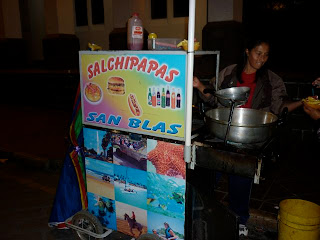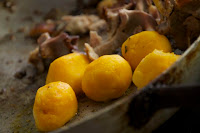E numbers, preservatives, stabilizers, emulsifiers, colourings …what are they? Why are they used? Are they bad for me? Food writer Stefan Gates investigates everything ‘e’ in his three-part documentary series.
In this energetic, fact-packed series Gates challenges the stereotypes that society holds of e numbers being bad for us by showing that many originate from natural sources and actually do us more good than harm. By engaging with scientists, doctors, historians and experts in a variety of fields Gates examines the history and development of additives and conducts a number of ‘home’ experiments to enhance our understanding and confront our prejudices.
Gates’ style is lively, passionate, engaging and genuine which helps to achieve his aim of convincing audiences that many additives are not bad and are actually necessary. However, perhaps the series can be seen as a little one sided as he does not really discuss negative aspects of e numbers.
At a time when organic and natural foods are becoming increasingly popular and ‘trendy’, and health and obesity are common news topics this timely and fascinating documentary educates audiences in a clear and easy to digest manner, inviting them to further explore the topic rather than making assumptions.




















































